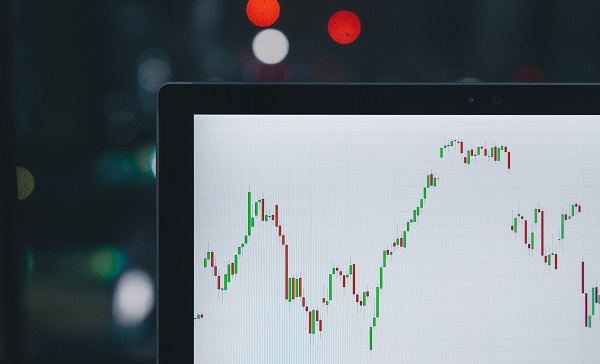Email marketing during emergency weeks: our study and some tips

One of the main activities of the Deliverability team during this period, is to monitor the delivery and performance of MailUp customers in real-time to ensure that important messages are delivered promptly and smoothly.
Brands tend to yield to their urge to communicate with all their recipients in these circumstances. This leads them to also include those contacts usually excluded from mailing.
Clearly, it’s the crisis that pushes companies to break with good email marketing practices, such as segmentation, monitoring, testing, and balancing the distribution of mailings over time to avoid sudden volume peaks.

From developing integrations to strategic support, from creating creative concepts to optimizing results.
A recent example
A few charts can offer a better idea of what’s going on these days. Here’s a customer who found himself forced to quintuple the number of emails sent in a day, bringing it to almost 3 million. All inactive contacts on the list were also included.


A massive sending activity like this surely has repercussions in terms of deliverability. Unfortunately, the algorithms of the provider’s spam filtering systems are unforgiving.
Lessons from best practices
Ina recent article, Gartner highlighted best practices to follow in thishistorical situation. The post discouraged sending communication beforeconsidering the following:
- Are you about to communicate something different than other brands?
- Does your email content diverge from what recipients are used to receiving?
- Can recipients grasp the key information of your communication from the subject and first email lines?
- Does key email information relate to the recipients’ needs at this specific time? Gartner emphasizes the latter.
Actions during the emergency weeks
Given the critical situation, the general rule of thumb should be to reduce clogging emails and general background noise as much as possible. This will favor and give greater visibility to updates and communications that are rather important.
Morespecifically, here are myrecommendations and those of the MailUp Deliverability team:
- Before emailing, verify that the above indications are met, answering: “do recipients really need to receive this communication?“
- DO NOT take advantage of the moment to update your database with a significant amount of new contacts that have never been mailed before. Very old or incorrectly acquired contacts can lead to a decline in reputation or even blacklisting, not to mention this could generate a peak of unsubscribers. This would jeopardize your database, even once the emergency is over.
- If you’d like to sell something or launch special promotions right now, then I strongly recommend you think again. This could be seen as a misplaced initiative and shed a bad light on you.
A final reflection on engagement
Havingset these necessary premises, let me share a lateral thought developed byanalyzing the patterns of differentcustomers, particularly the outliers ofthis period.
The experience of these weeks teaches us that email is not just marketing. In fact, it can be the most effective tool for communicating in times of need.
However,we also learn that the average results we’re used to considering as standardmay very well not be so these days. The open rates, the clicks,and even the ROI (in themost general sense of the term, i.e. the return of a certain activity) canchange depending on the context.
We know how the activities of the recipients on the email are proportional to the relevance of the content conveyed. The chart below shows a customer’s OR and CR rate. Compared to an average of 20% OR and 4% CR, an important message related to the coronavirus emergency pushed the opening rate to almost 40% (double) and the click rate to 15% (+73 %).


Generally speaking, I noticed that the number of emails sent increased by circa 10% but, in my opinion, this isn’t necessarily significant. Rather, what’s significant is that it’s possible to isolate a cluster of customers who’ve had a very high increase (from 200 to 400%) in terms of engagement. These belong to different sectors, such as retail, healthcare, universities, municipal administrations, etc.
Allthe companies in this cluster share one element: the content is very relevant for the recipients andmore relevant than the content they were used to receiving from the samecustomers.
In summary
Although there’s no a lot of room for positive thoughts in the broader context, we’re glad to find that even in difficult times, email recipients react energetically.
Thispost has aimed to emphasize that if we are, in fact, seeing a markedimprovement in the engagement of some communication compared to the average,then it’s equally true that a wrong message or practice could worsen the branding and sending reputation comparedto the past.
Let’s not panic nor consider this period as the most favorable to contact even those recipients that we’ve excluded from our mailings for months or years. Better, let’s email them too, only if we have something fundamental to communicate or something out of the ordinary.
Alwaysthink in terms of relevance:even here, this is always the best parameter for having positive responses fromthe recipients.
Thank you!